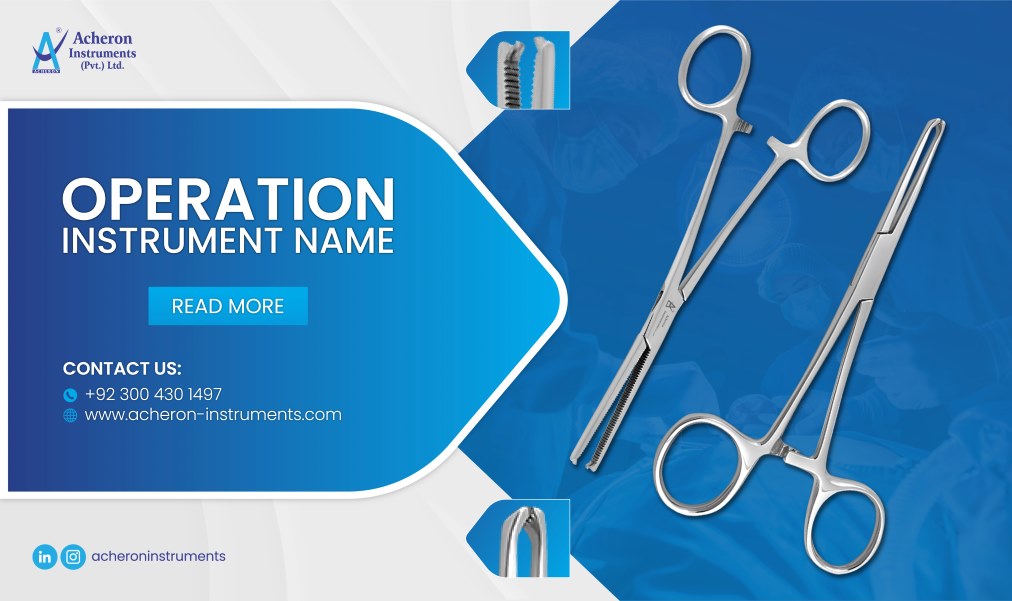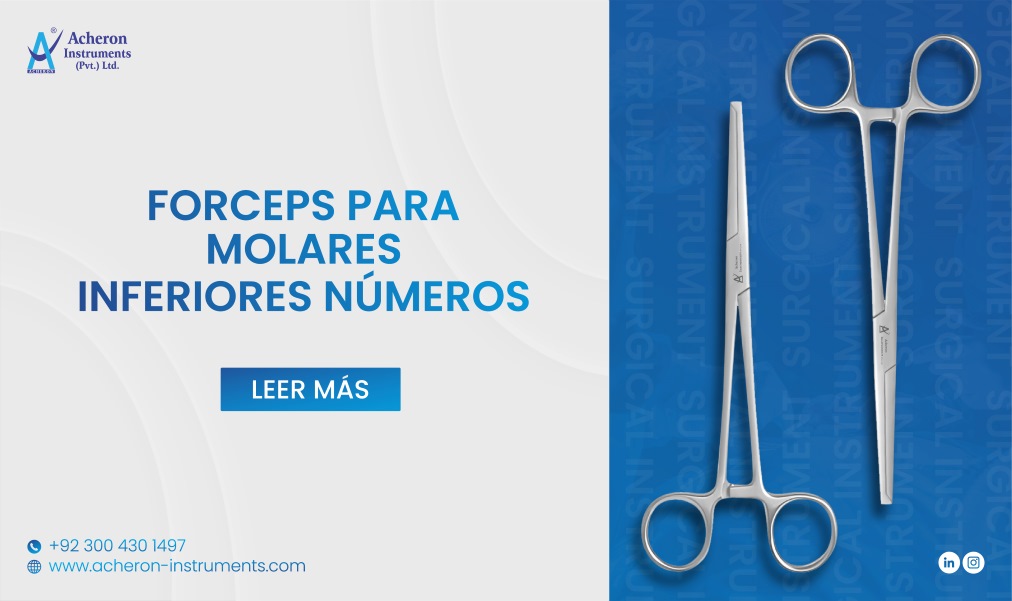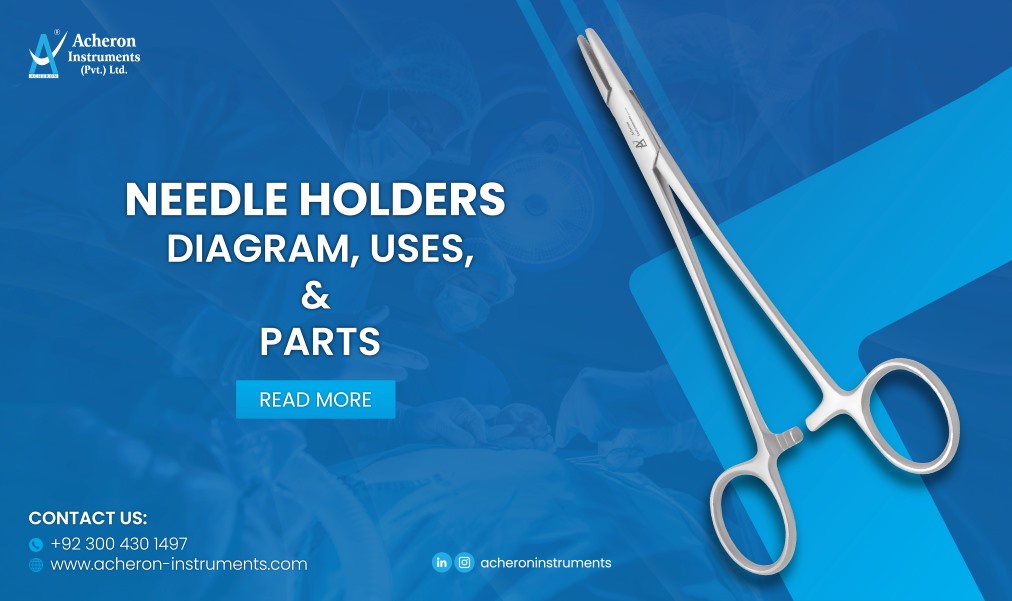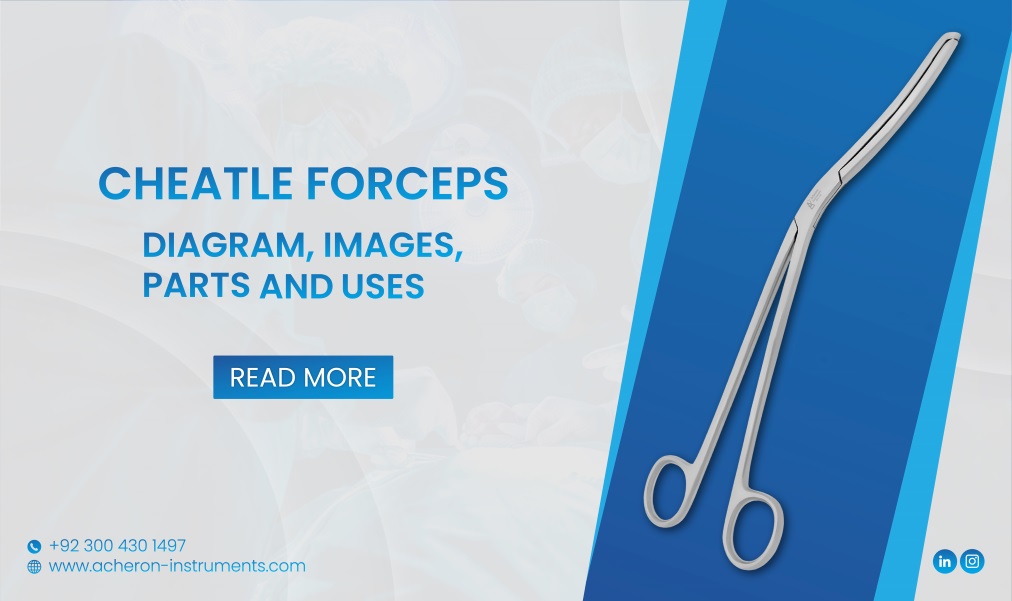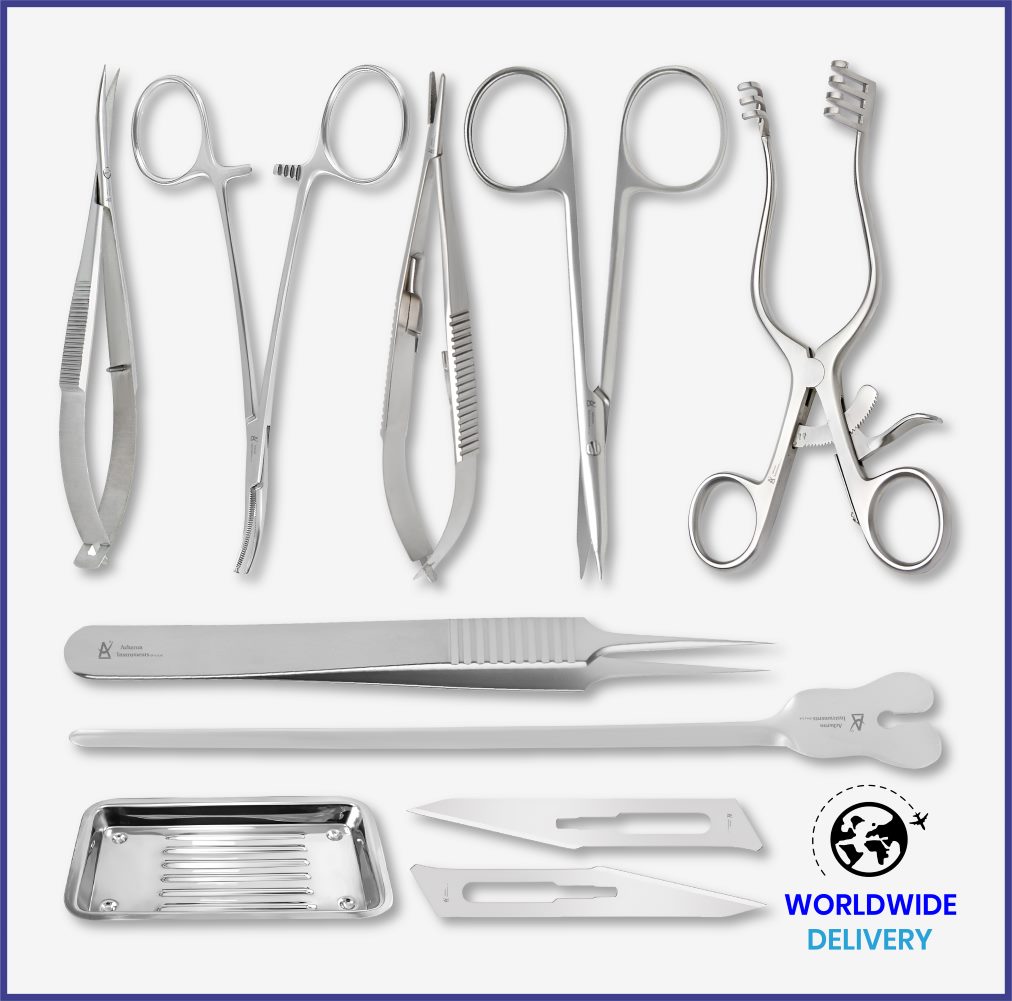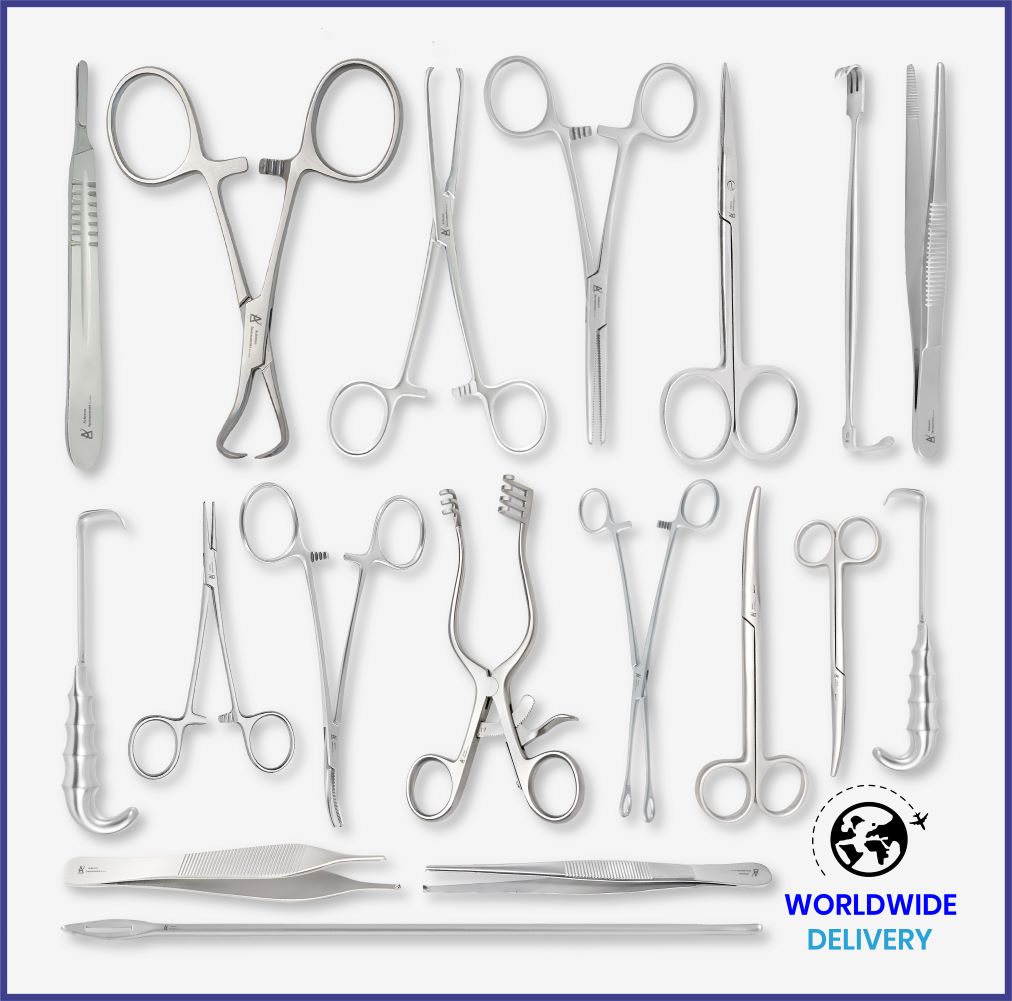There is a multitude of surgical instruments available in surgical rooms to accomplish several surgical procedures. There are plenty of surgical instruments invented over time. some instruments are designed specifically for a certain type of procedure while others are designed to be used generally in all sorts of surgeries.
Specifications and uses
There is a vast assortment of surgical instruments in different operating sites due to their enormous benefits. Let’s have a look at a few specifications and uses:
· There is a wide range of surgical tools used during surgical procedures and each instrument is developed to provide fatigue-free time and comfort to the surgeon
· They are used in all types of surgeries including cardiovascular, abdominal, orthopedic, dental, and gynecological surgeries.
· These essential tools allow surgeons to remove the bone, open the soft tissues, dissect and isolate the lesion, and obliterate or open the normal structures for treatment purposes.
· The finer tools are useful for encountering the delicate structures while the bigger ones are used for initial exposure
Material
Surgical instruments are generally made up of stainless steel, carbon, titanium, and aluminum steel. however, we manufacture high-grade German stainless steel surgical instruments that last longer and are durable. The majority of our surgical instruments can be sterilized.
Variations
There is a wide variety of surgical instruments each having its functionality. Here are a few of the most commonly used surgical instruments that you will encounter frequently in operating rooms.
Scalpel- used for cutting tissue and initial incision. It consists of a handle and a blade. the blade number is different for each version
Scissors- used for cutting tissues, dissection, sutures, or cutting finer structures, etc. They are available in straight and curved variations
Forceps- they can be toothed or non-toothed and are used for grasping tissues and objects
Clamps- provide hemostasis and are used for holding objects or tissues. They can be atraumatic or traumatic
Needles and sutures- are available in different sizes and shapes. Needles are used for various applications in surgeries and also cutting tissues while sutures can be absorbable and non-absorbable
Retractors- can be self-retaining or hand-held. They are used generally to hold back tissues or an incision open for a clear view of the site
Suction- helps to remove fluid and debris from the surgical field
Needle holder- used to hold needles during suturing procedures. They are available in different types including straight and curved variations
Curette- used to scrape away tissues
Maintenance of surgical instruments
Surgical instruments are indeed a major investment for hospitals as they play a major role in their operating rooms. An average of $2-3 billion are invested by the healthcare department in surgical instruments and equipment each year. Surgeons primarily depend on these devices to perform their tasks. So, it’s crucial to keep them well-maintained so they can last you for years.
Lifecycle of instruments
Before the shipment of surgical instruments, many quality assurance tests are performed on these tools along with a final quality assurance check. These instruments are manufactured with German stainless steel 300-400 series material by highly qualified craftsmen.
Passivation is one of the vital manufacturing processes which provides rust-free properties to the instrument. This process involves a chemical bath that generates an oxidized layer on the instrument’s surface. The oxidation process continues with daily exposure and routine use that produces a protective barrier to the majority of corrosive elements and stains.
Instruments care
Instruments must be cared for before, during, and following the surgical procedure to maintain their efficiency. The first step is referred to as the point of use or pre-cleaning which allows these tools to remain clean during the surgical practice. This crucial step permits surgeons to use a clean tool free of any body fluid or debris and also prevents biofilm and bioburden from forming on the instrument.
It’s advised to wipe out the instrument with sterile water throughout the procedure. Also, following the ISO guidelines, it is suggested to spray the tools with enzymatic cleaner after completing the surgical procedure.
Additionally, it is advised to not use saline solution for cleaning the instruments. Excessive soaking of surgical instruments in any kind of fluid and using saline will cause pitting on the instrument. Diverts or small pockets that start appearing on the instruments are referred to as pitting. If the surgical instruments show signs of pitting, they must be buffed out before use as it may halt the efficacy of the instrument.
Transporting surgical instruments
Surgical instruments are delicate tools that must be handled with utmost care. While transporting these instruments, it is important to undergo careful placement of these tools separating heavy ones from delicate and dirty ones from clean ones. Tip protection is also crucial that protects the instrument from any breakage or potential damage.
Detergent use and water
One of the important factors in the care of surgical instruments is water quality. Usually, distilled or deionized water is suitable for cleaning. Enzymatic detergents must be low foaming and should have a neutral pH level. Other detergents used for the cleaning process should be compatible with the tool.
Final word
Surgical instruments are a basic necessity of any operating room. Hence, they must be chosen wisely so that the surgeon’s performance is not compromised. We at Acheron instruments provide the best quality surgical instruments that will last you longer and will boost the performance of your surgeries with their effective functionality. Don’t forget to check out our exclusive range of surgical instruments on our website available in different variations to cater to all your surgical needs at a cost-effective price.
 English
English Français
Français Español
Español Deutsch
Deutsch Italiano
Italiano Português
Português Русский
Русский 繁體中文
繁體中文 العربية
العربية 日本語
日本語 Türkçe
Türkçe ไทย
ไทย 한국어
한국어 Bahasa Indonesia
Bahasa Indonesia Українська
Українська Tiếng Việt
Tiếng Việt Polski
Polski O‘zbekcha
O‘zbekcha

